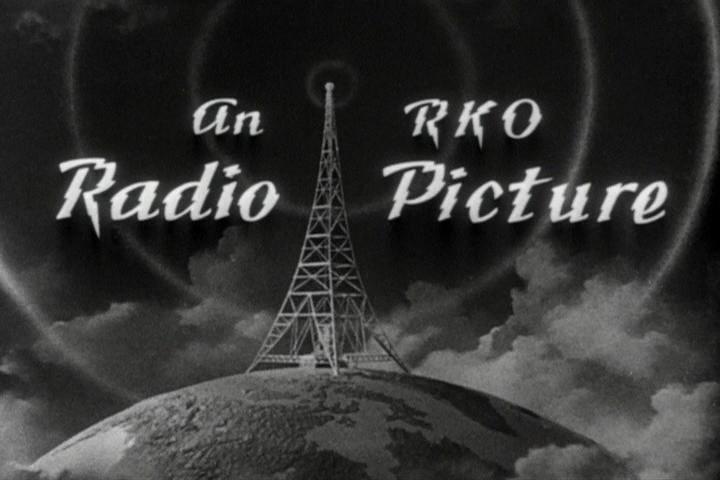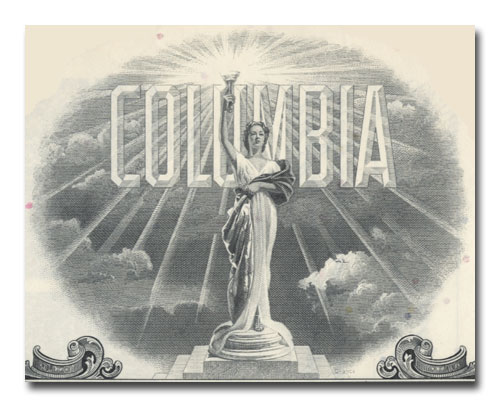Essay Questions 'Women Without Men'
Today, I am starting to plan my essay for my assignment. I have chosen to use the film, 'Women Without Men'. The following information about the film is a review by Peter Bradshaw, Thursday 10th of June, 2010;
_________________________________________________________________________________
"The Anglo-Iranian comic Shappi Khorsandi recently revealed that Jon Snow had told her about a conversation he had once had some years ago with the then prime minister, Tony Blair. The premier had asked Snow, plaintively, why Iran hated the British so much. Snow replied hesitantly: "Well, you know, because of Mossadeq …" – that is, the left-leaning Iranian leader, toppled in 1953 by a coup instigated by the British and American governments because of his determination to nationalise oil. Blair replied blankly: "Who?" Perhaps watching this excellent movie would be a way for Blair, and the rest of us, to brush up on British and Iranian history.
With this debut feature, the photographer-turned-director Shirin Neshat has made a picture with vision, poetry, sexual frankness and historical sinew. It brings together, on screen, the personal and the political in the story of four women and the way their lives are affected by the turbulence of the anti-Mossadeq coup, and revives the memory of a lost generation of Iranian politics and culture: the westernised liberal intelligentsia, a white-collar class exiled and effaced by the Shah's regime, but also fiercely repudiated by the theocracy installed by the Islamic revolution of 1979. In some ways, Neshat's film addresses the same issues as Marjane Satrapi's Persepolis, and further underlines the fact that it is Iran which, in the 21st century, has repeatedly offered the world a vivid, unapologetically feminist cinema.
Neshat's movie-making style owes something to Mohsen Makhmalbaf, but has absorbed other influences, too – her camera movements are distinctly Tarkovskian. And for the magic-realist tropes of the literary original, Neshat has found a visual manner with something of Buñuel: this surfaces in the disquieting vision of Zarin's client having an eyeless, mouthless face and also, I think, in the grand dinner-party-cum-soirée that Fahkhri throws in her new orchard estate. The army turn up, intending to search the property for seditious materials, but the troops end up staying for dinner, and their commanding officer exchanges flirtatious badinage with the guests.World Without Men is based on a 1989 novel by Shahrnush Parsipur, and weaves together the women's lives in complex and enigmatic ways. Munis (Shabnam Touloueh) is serious, cerebral, obsessed with listening to the radio for the news of the Mossadeq situation, and bullied by her brother for neglecting her demure womanly duties. Munis's friend Faeseh (Pegah Ferydoni) is in love with this same brother who makes Munis's life a misery. Fakhri (Arita Shahrzad) is a stylish, elegant married woman in her 40s, in love with an old flame. Finally there is Zarin, a prostitute, played with characteristic intensity by Orsi Tóth, the Hungarian actor who has appeared in Kornél Mundruczó's films Delta and Johanna.
Everything is imagined by Neshat with clear-eyed compassion and narrative drive, and she shows a bold candour about sexuality and women's bodies. The film is shot by cinematographer Martin Gschlacht, who recently worked with Joanna Hausner on Lourdes. He creates tremendous images using painterly, washed-out colour tones, framing dream-like tableaux, but also creating plausible action sequences. Neshat has directed a quietly tremendous film which ensnares both the heart and the mind." (1) ______________________________________________________________________________
This is a basic overview of 'Women Without Men' from the website, The Guardian. I will now look at different topics that I could write about, although I do not like any of the themes that were shown in the film.
Possible Topic Ideas
- Women's rights * compare to NZ
- Effects of rape
- Iran's society in 1950s *
- Religions
- A sanctuary from society
- Iran's governmental power
- Sex work/jobs
- What 'true' family is/are **
- True happiness **
- Meaning of living and right to live **
- The sexualizing of women and women's bodies
- Politics in 1950s Iran *
- History repeating itself *
With these topics I saw from the film, I can now create research questions based upon these themes.
I researched more themes I could use, and found a shorter review on the film 'Women Without Men' from the website Huffpost by Angella Nazarian on the 6th of December of 2017.
Although Neshat has made changes to the storyline, the major theme is unchanged.Women Without Men describes the lives and fates of four women who belong to different social classes: a prostitute, an upper-class married woman, an activist, and a devout woman whose only dream is to get married and have children. All four live an exiled life in their own country, where they struggle for an identity in 1950’s deeply patriarchal Iran. It was an era in which growing up female meant deference to authority and power, and being trapped in limited gender roles. These women form their own utopia in a garden, where they try to reconstruct their lives. As Neshat keenly remarks, “these women go into a second self-imposed exile to get a new start.” (3)
Possible Research questions
Example - How does the concept of the Islamic Garden/Garden of Eden relate to the experiences of _________Zarrin in Shirin Neshat's Women Without Men?
- Is a Utopian Garden, as seen in the film by Shirin Neshat, 'Women Without Men' possible to achieve in today's society?
- How has Iranian society and women's rights changed/progressed in the last 60 years?
- Was the happiness experienced at the diner party in the film by Shirin Neshat, 'Women Without Men' real happiness? How?
- Can society take away the happiness in being with family, as seen in the film by Shirin Neshat, 'Women Without Men'?
- Is life on a set path, destined to repeat itself, as seen in the film by Shirin Neshat, 'Women Without Men'?
* Could the characters in the film by Shirin Neshat, 'Women Without Men', have changed the
outcome by making different choices?
References
(1) https://www.theguardian.com/film/2010/jun/10/women-without-men-review
(2) https://magic-realism-books.blogspot.co.nz/2015/04/women-without-men-by-shahrnush-parsipur.html
(3) https://www.huffingtonpost.com/angella-nazarian/emwomen-without-menem-ira_b_217206.html


















































